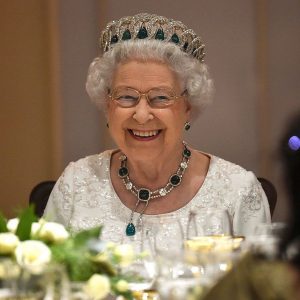The line of succession determines the sequence of members of the Royal Family in the order in which they stand in line to the British throne but it hasn’t always been like that.
Currently, with King Charles as monarch, the heir apparent is his eldest son, Prince William, who will be succeeded by his own firstborn son, Prince George, now 10, when the time comes.
But if Prince William’s first-born child was a girl instead, she would have been overtaken by a future younger brother, had it not been for the Succession to the Crown Act (2013), which ended the system of male primogenture – which gave precdence to men.
That also means that had it not been for the new rules, Princess Charlotte, currently third in line to the throne, would have been overtaken by her younger brother, Prince Louis.
The Act replaced male-preference primogeniture with absolute primogeniture for those in the line of succession born after 28 October 2011, which meant the firstborn child, regardless of gender, precedes any siblings.
The changes were approved by leaders of the 16 Commonwealth countries unanimously in 2011 after Prince William and Princess Kate’s wedding in what is known as the Perth Agreement, while the Act came into force on 26 March 2015.
The Act was passed by Parliament in 2013, ahead of Prince George’s birth, but all the countries in which Queen Elizabeth was head of state had to pass any necessary legislation before it took effect.
However, Princess Anne, currently 17th in line to the throne, did not jump ahead of her younger brothers, Prince Andrew and Prince Edward, 8th and 14th respectively, because the act is not retrospective.
The Act also removed any discrimination against Roman Catholics and allowed members of the Firm to marry a Roman Catholic and become king or queen.
However, a Roman Catholic royal still cannot become monarch as they also serve as supreme governor of the Church of England.
Prince Harry was the first person in the line of succession to receive consent under the new law when he married Meghan Markle in 2018. Previously anyone who married a Catholic would have to be removed from the line of succession.





